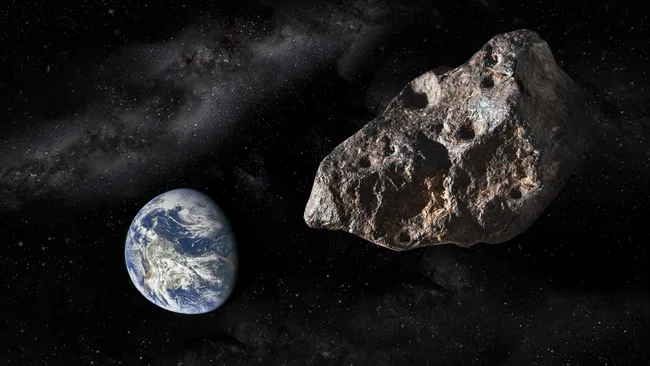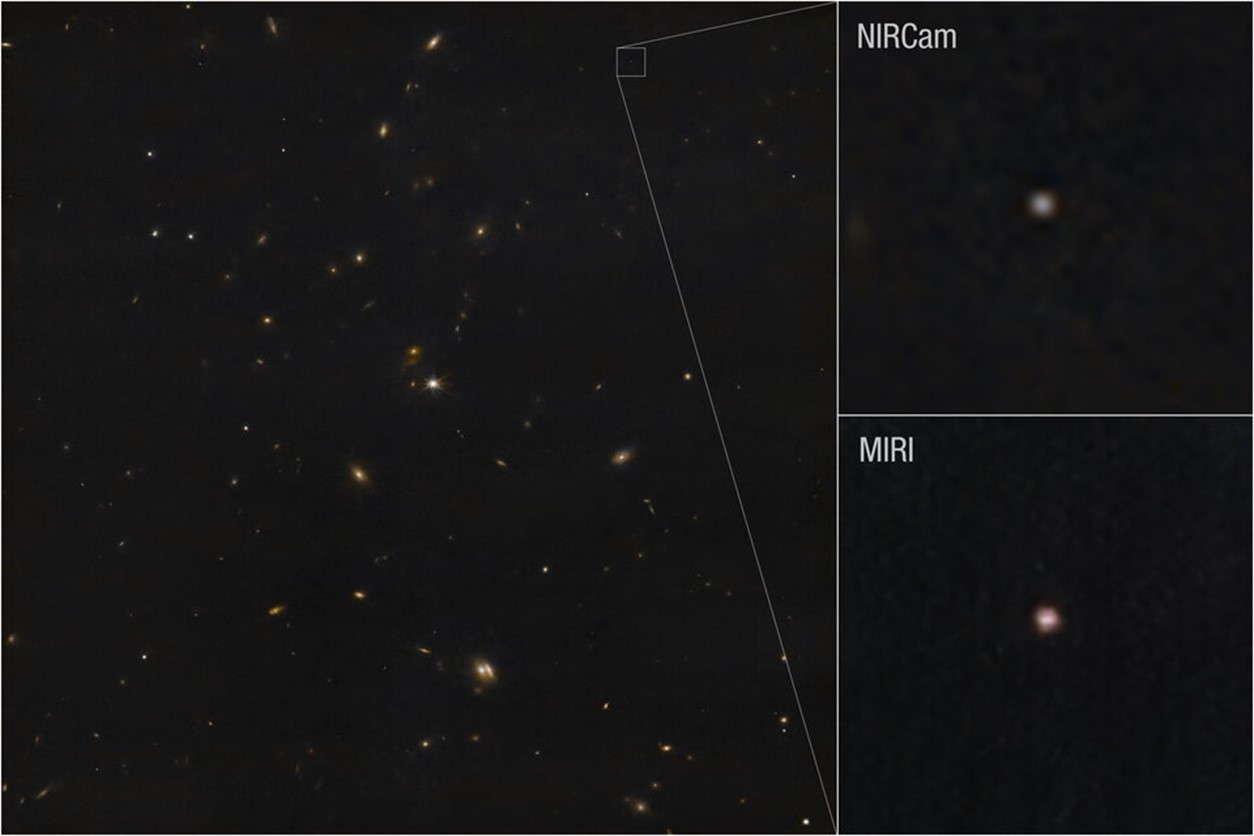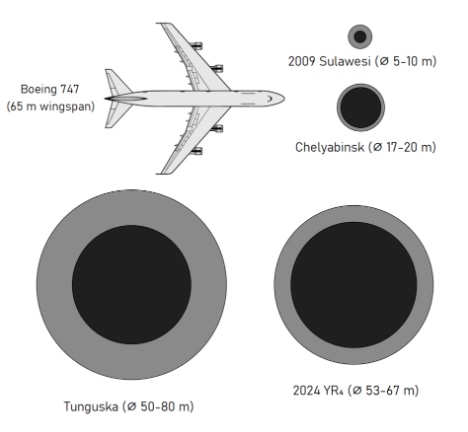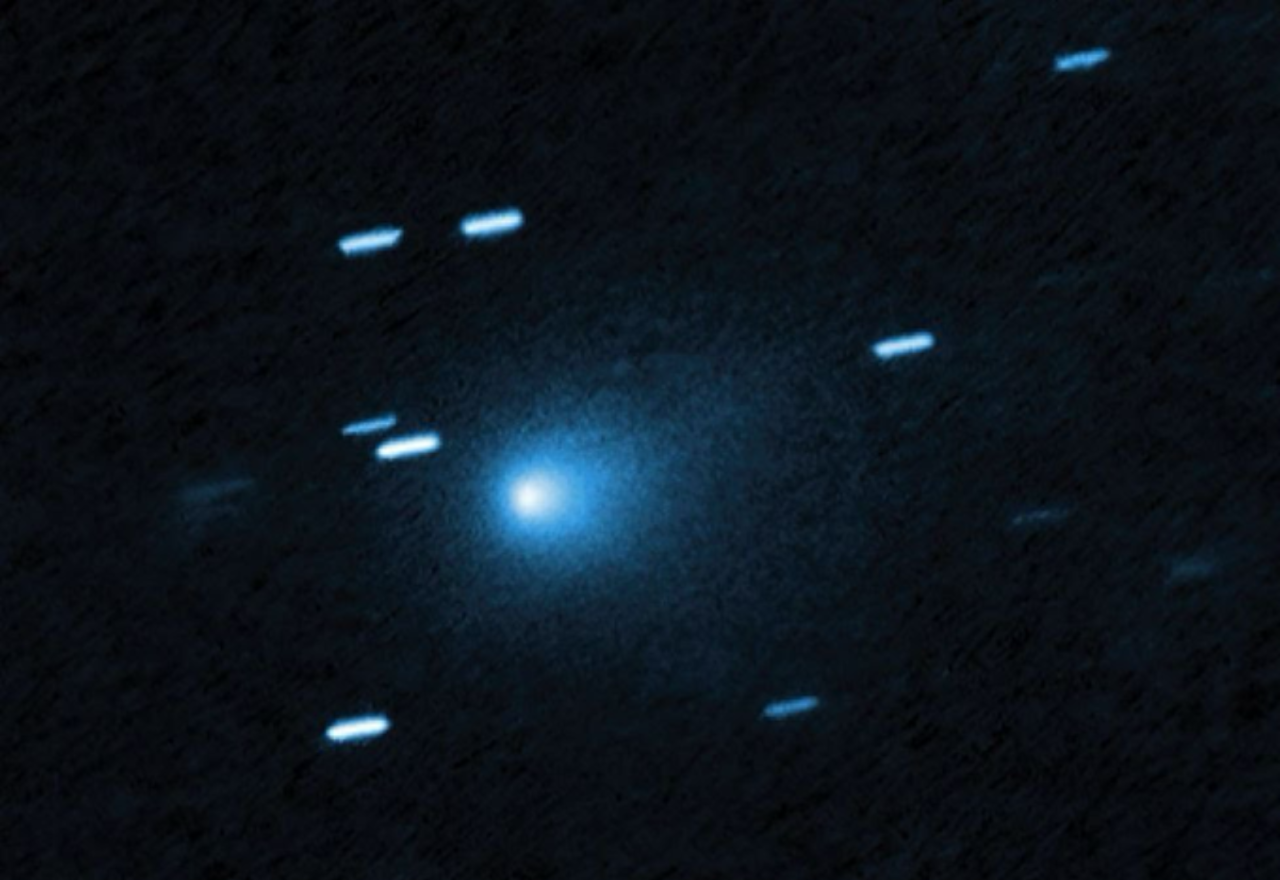Asteroid 2024 YR4: Sensationalism vs Reality in the media’s cosmic drama
Donna Burton
30 October 2025, 6:40 AM
 The potential 'city killer' asteroid 2024 YR4 will not hit Earth when it flies by in 2032, but there's a small chance it will collide with our moon. A new study looks into the options for deflecting, or destroying it. (Image credit: Erik Simonsen via Getty Images)
The potential 'city killer' asteroid 2024 YR4 will not hit Earth when it flies by in 2032, but there's a small chance it will collide with our moon. A new study looks into the options for deflecting, or destroying it. (Image credit: Erik Simonsen via Getty Images)Asteroid 2024 YR4 has once again found itself in the spotlight, reigniting public interest and media speculation.
Described by some outlets as a “city killer” and the subject of proposed nuclear missions, YR4 has become a case study in how celestial events are often portrayed with more drama than data.
Discovery and Data
Discovered on 27 December 2024 by the ATLAS observatory in Chile, YR4 initially raised concern due to its projected close approach to Earth on 22 December 2032.
Early orbital calculations suggested a small but notable chance of impact, which briefly climbed to 3.1% in February 2025.
This led to its classification at Level 3 on the Torino Impact Hazard Scale, a level that warrants attention from astronomers but not public alarm.
As more observations were gathered, including data from NASA’s James Webb Space Telescope, the probability of an Earth impact was revised downward.
By late February, the risk had dropped below 1%, and by March, it was effectively ruled out. Today, the chance of YR4 striking Earth sits at a negligible 0.00005%.

Figure 1: These images of asteroid 2024 YR4 were captured by the NASA/ESA/CSA James Webb Space Telescope in March 2025
Media Response
Despite the low probability, media coverage has leaned heavily on sensationalism.
Headlines have focused on nuclear disruption missions and dramatic forecasts, often overshadowing the scientific consensus.
The Moon, however, has emerged as a more likely target, with a 4% chance of impact.
Scientific Analysis
YR4 is estimated to be between 53 and 67 metres in diameter and classified as an S-type asteroid.
It spins once every 20 minutes. If it were to strike the Moon, it could create a crater approximately 1 kilometre wide and eject debris into lunar orbit.
Some of this material could potentially reach Earth’s orbital environment, posing a temporary hazard to satellites.

Figure 2:Comparison of the estimated diameters of 2024 YR4 and other notable meteoroids (the 2009 Sulawesi superbolide, the 2013 Chelyabinsk meteor, and the 1908 Tunguska impactor), with a Boeing 747 shown for scale
Potential Lunar Impact
“A lunar impact remains unlikely, and no one knows what the exact effects would be,” says Richard Moissl of the European Space Agency.
“It is a very rare event for an asteroid this large to impact the Moon – and it is rarer still that we know about it in advance.
"The impact would likely be visible from Earth, and so scientists will be very excited by the prospect of observing and analysing it.
"I am sure that detailed computational simulations will be done over the next few years.
“It would certainly leave a new crater on the surface. However, we wouldn’t be able to accurately predict in advance how much material would be thrown into space, or whether any would reach Earth.”
In the coming years, as humankind looks to establish a prolonged presence at the Moon, monitoring space for objects that could strike Earth’s natural satellite will become increasingly important.
Small objects burn up in Earth’s atmosphere as meteors, but the Moon lacks this shield. Objects just tens of centimetres in size could pose a significant hazard to astronauts and lunar infrastructure.
Conclusion
As a science communicator, I have learnt that saying “I don’t know, but I’ll get back to you” builds trust and encourages curiosity.
The Moon has weathered countless impacts, and whether or not YR4 strikes, the data we gather will enhance our understanding of planetary defence.
Why do dramatic narratives capture more attention than the quiet, methodical work of science? And how can we, as consumers of information, learn to distinguish between spectacle and substance?



